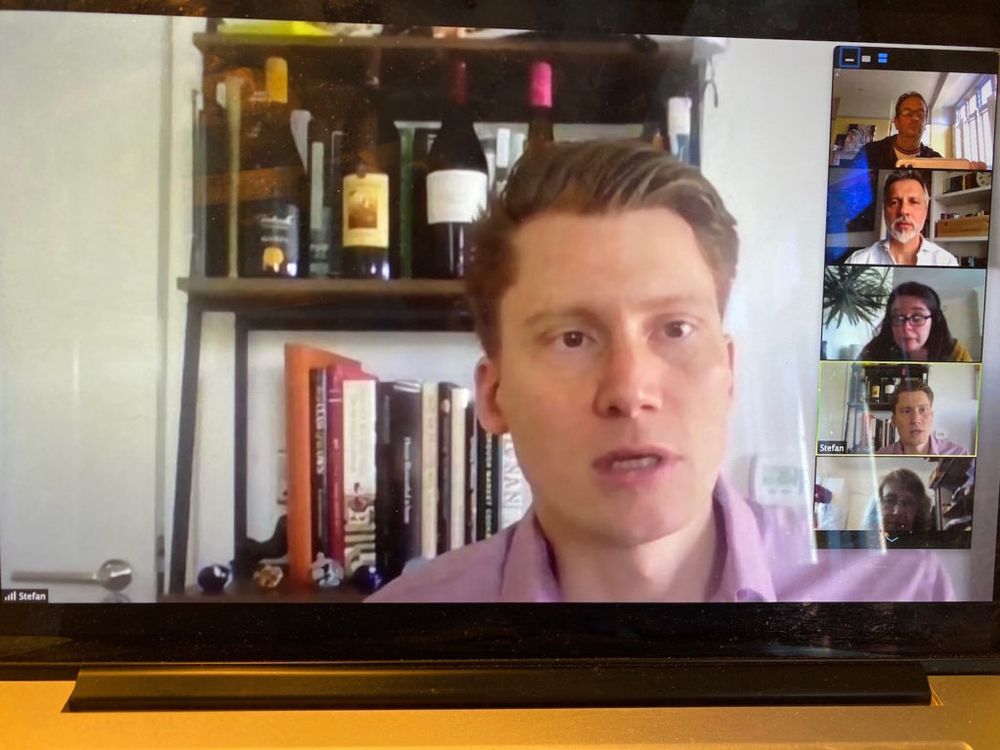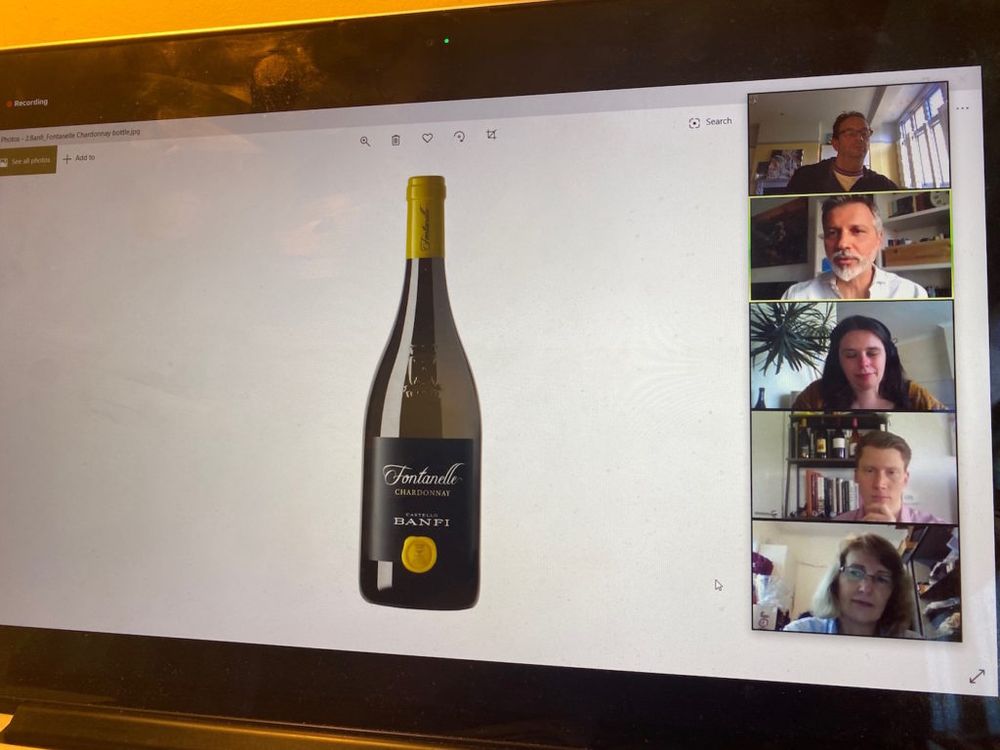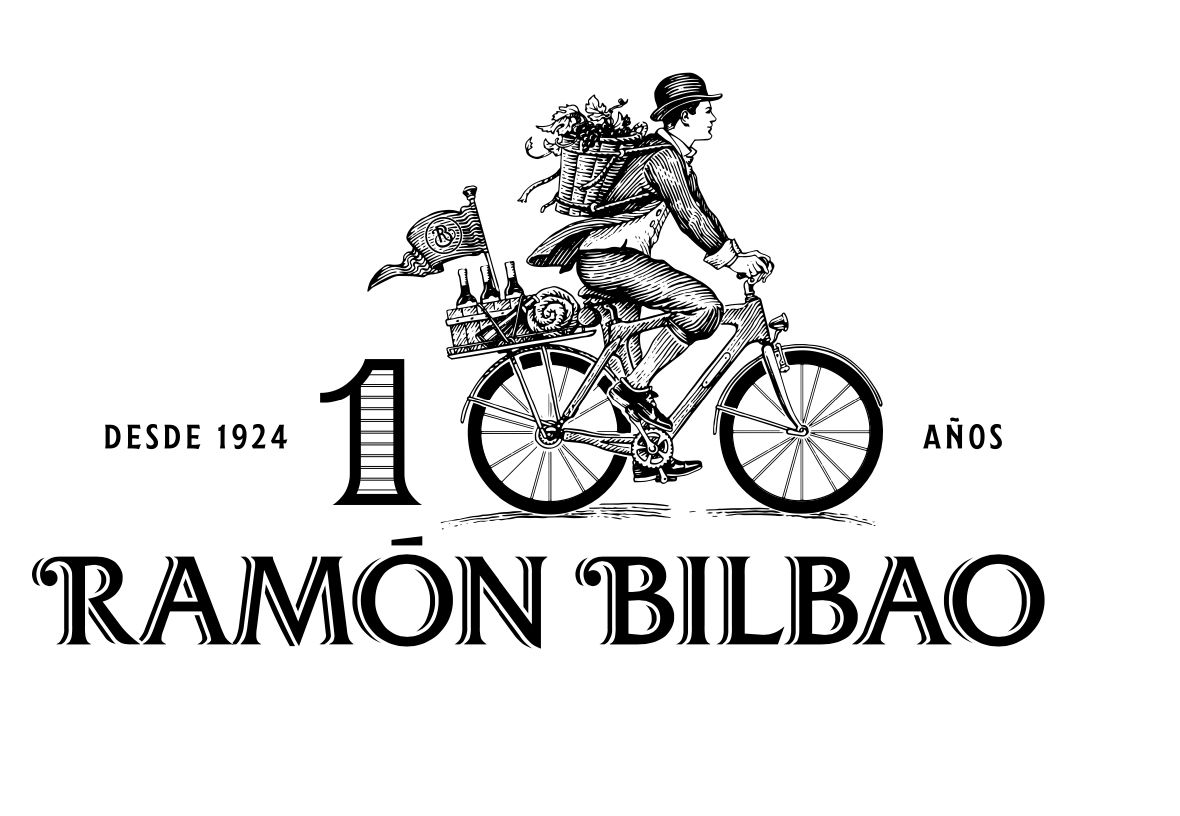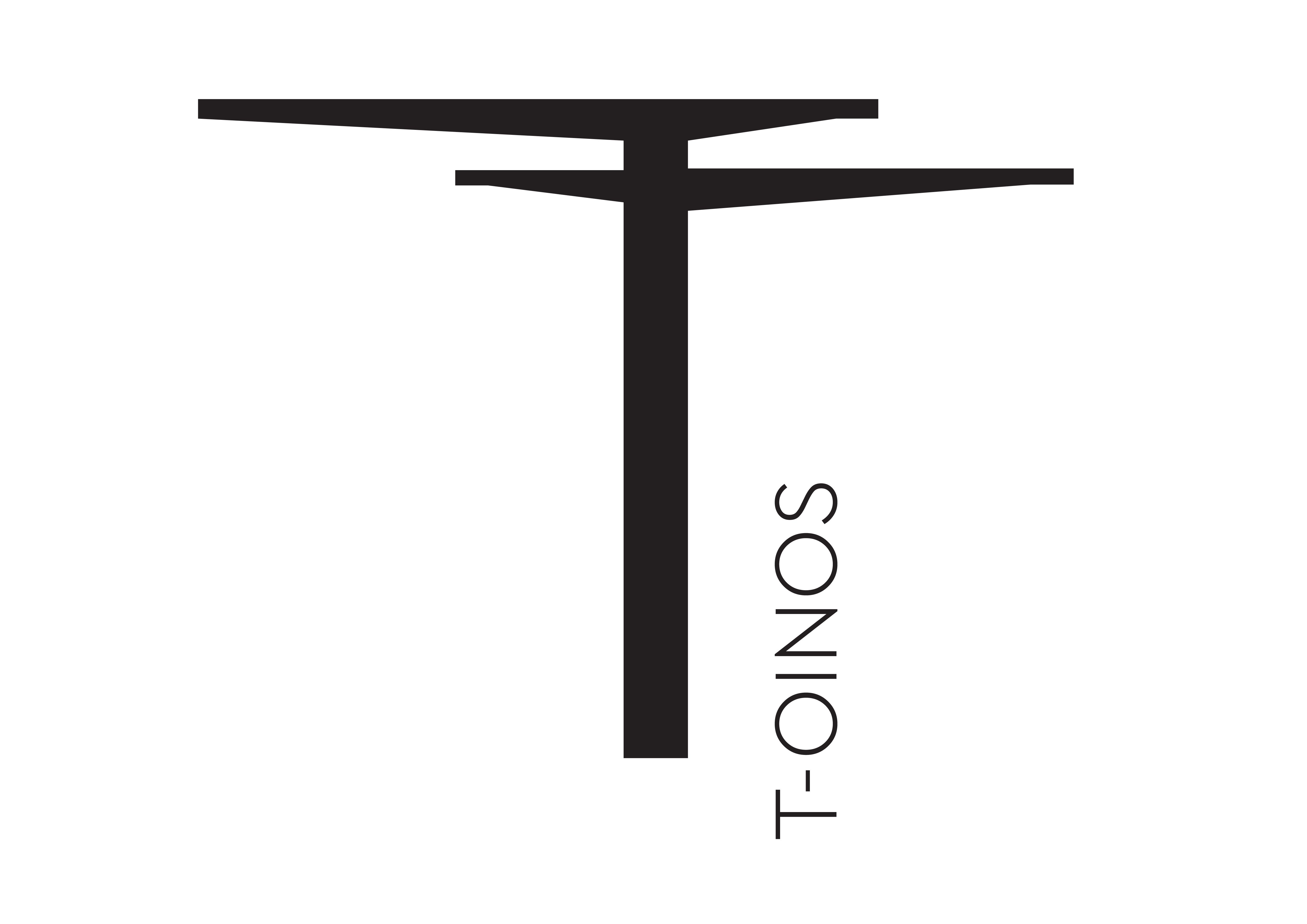“I love discovering things, especially when you work in the world of wine, to taste as much as you can. When a customer says I’ve heard about Banfi but never heard of Albarossa my usual answer is ‘neither have I’ so I am making a connection with them,” explains Neumann.
The subject of how to get customers to see the light with less obvious wines was the subject for a Webinar titled ‘How to sell wines to your customers that they’ve never heard of’. Which was hosted by Louis Latour Agencies and which featured Stefan Neumann MS, wine director for the Mandarin Oriental, retail specialist Julia Jenkins from St Albans’ Flagship Wines and Jgor Marini, regional director of Montalcino-based winery Castello Banfi.
Five wines from the Banfi portfolio were chosen to illustrate the differing techniques used by on and off-trade when faced with selling Vermentino, a Tuscan Chardonnay, Rosso di Montalcino, a new hybrid grape Albarosso and a sparkling rosé with a very dark hue.

Stefan Neumann MS: “if the wine doesn’t look premium there’s no point in doing it.”
For Stefan Neumann MS the first wine, La Pettegola, which is a Vermentino, he believes is a variety that is still requiring a good degree of hand-selling. His technique involves transporting the customer to ‘sunny Italy’, giving them a wine to compare it with, and also only having it on the list at the right time of year.
“It’s a variety that is more well know than it used to be but there’s still a lot of work to be done with Vermentino. Even though it has great textural elements. The way I get them talking about it is to take them to this place – I work in London and 90% of the time I look out of the window and it’s pretty miserable most of the time – it’s rainy and cloudy, so you need to take them to this place, then I explain to then that is an aromatic, fresh fruit-driven style.”
“One of the strengths is that you can pair it with so many dishes, seafood just being one of them. A key thing when you are talking to a customer about a wine they have never heard about it is important to give them something they can compare it to. We always tell all the staff in the restaurant about the wine and if we are serving it by the glass always give our guest a chance to try it just so they are sure they like it.”
“And you have to also get the timing right. Vermentino is a style to be introduced in sumertime I would do this in June, July, August, a wine, you take them to a place with your colourful, wonderful words, how beautiful Italy is, which isn’t hard because you’re sitting in rainy England and it’s finding a comparison with an international variety. If people like Sauvignon if people like Riesling, Grüner Veltliner – there are so many options you can compare it to.”

As the five wines were discussed the audience was presented details about each wine, rather than tasting
Jgor Marini explained that the Vermentino and the second wine, a Chardonnay called Fontanelle, are produced by Banfi to “fill a gap” as 80% and more of Banfi’s output are red wines. He also described producing a Chardonnay in Montalcino as recently as 40 years ago would have been considered madness.
Neumann explained how he would present this on his wine list with Germanic organisation and an emphasis on storytelling.
“People when they hear Chardonnay always make an initial comparison to Burgundy and you can see this as an advantage or a disadvantage. I see this as an advantage because you need to make this work in your favour so I have two pages on my wine list of white Burgundy organised North to South starting with Chablis, and on the 2nd page just at the bottom I put something not so organised in terms of the region but organised in terms of price – the Best Chardonnays from Around the World. And so I am giving the Burgundians a run for their money, this goes from £40 to £500. So it makes my life easier because you don’t have to turn the page if a guest says “I want to try something like a Chassagne from 2017 but different – I want to spend the same amount of money – what can you recommend?””
“And if a customer says that a Chardonnay from Tuscany doesn’t soud very classic, you can explain to them well the Italians thought about this and they created their own DOC called Saint Antonio, where they can make non-Sangiovese-based wines. And then I try and tell a story about the wine. We have a lot of Asian customers and they love to hear about history so I tell them when Banfi was established, and so on, it’s about the angle you choose.”
“If you show them the bottle too it looks premium, you can have the best wine in the world but if it doesn’t look premium there’s no point in doing it.”

Jgor Marini, regional manager for Castello Banfi
The third wine was a Rosso di Montalcino a ‘baby Brunello’ that is high in colour, tannin and acidity, and although it is easier and more approachable than a young Brunello the style can be harsh, especially without food.
“It’s a style of wine that needs some explanation,” says Neumann, “and a wine where you need some vintage knowledge, for example the 2014 vintage journalists were not so keen on – for the Brunellos, it was a difficult vintage for them – but that just means that your Rosso is cracking value. It’s also important for a restaurant to list because not everyone wants to spend a three digit amount on a Brunello, so it offers something that is Brunello like. It is also important not to judge a book by its cover, with a high acid wine you need to let the wine come to you, you need to let your palate adjust to all of this and the best way of doing this is simple – you eat something.”
“It presents good value, it’s a unique style, it relates to something and yet it ‘s still something for people to discover – vintage by vintage.”
Julia Jenkins agreed that this was a wine that is hard to sell in a retail environment and needs to be experienced in a restaurant – her business doesn’t sell huge quantities but “it is there.”
The fourth wine La Lus which is made from a new hybrid grape variety called Albarossa she describes as an easy sell because of its quality, value for money and unique bottle shape.
Neumann has listed La Lus for six months and was just about to list it by the magnum before Lockdown began, he explains how his initial ignorance of the grape is something that he shares with the customer.
“I love discovering things, especially when you work in the world of wine, to taste as much as you can. When a customer says I’ve heard about Banfi but never heard of Albarossa my usual answer is ‘neither have I’ so I am making a connection with them. In a restaurant point of view this is an ideal wine to serve by the glass, it’s juicy, fresh, it doesn’t matter if it’s been open for two days or just popped the cork it’s always just there.”
Neumann explained that La Lus sells for £69 in the Mandarin Oriental. It is one of 60 wines that they sell by the glass. The list is 900 wines long with a quarter under £100.
For the fifth wine, Webinar host Louis Latour’s head of London sales, Will Hine, got Neumann to taste it for the first time on camera. A “kitsch wine” – a rosé with an abundant fizz made from indigenous grapes. Neumann seemed suitably impressed and commented on its endless pairing possibilities.
“The way my mind works when I taste a wine like this is what food would I serve with it – if you want to have some chocolate, or creamy blue cheese to go with this, any fruit-based dessert that has raspberry or strawberry jam, and what is good about this is that it is sweet but not too sweet.”
‘How to sell wines to your customers that they’ve never heard of’. was the third in a series of Webinars hosted by Louis Latour with Castello Banfi. To attend next week’s or for more information email Rebecca.Fraser@louislatour.co.uk









































